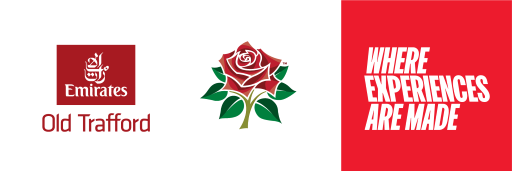Some of the biggest killers and health concerns in the UK today – cancers, diabetes, high blood pressure – are hugely impacted by lifestyle factors. These are also the conditions that can have the biggest impact on an employee’s working life. For employers, the challenge is engaging the non-engaged. Encouraging those who do not already lead healthy lifestyles to connect, get involved, and make positive changes.
Debra Clark, head of specialist consulting at Towergate Health & Protection, says: “Preaching to the converted and getting employees who are already interested in their health and wellbeing is not a difficult task for employers. The challenge is how to engage the non-engaged – the employees who are less invested in the support that employers offer. It’s crucial that employers look at how to do this when building their plans for the upcoming year if they really want to ensure all their staff are supported.”
Towergate Health & Protection suggests these actions to help engage the non-engaged:
Ask employees what they would like
The best way to have a clear understanding of what employees want is to ask. Gather information through surveys, forums, or committees, with a sufficient response rate from a well-rounded group of the employee population. This has the added benefit of ensuring employees know their opinions are valued.
Make benefits relevant to lifestyle
Health and wellbeing support needs to keep up with lifestyle changes. In the last year or two, face-to-face GP access has reduced, working from home has increased, and obesity levels have continued to climb*. Therefore, health and wellbeing offerings should adapt with, for example, offering access to virtual GP appointments, fast-track solutions to physical therapy for musculoskeletal conditions, and healthy eating/fitness apps.
Explain the relevance of health and wellbeing
Just providing employees with a list of available health and wellbeing solutions may not be the most helpful way to engage them. For instance, younger employees may see the value in knowing there’s fast-track access to support for sports injuries, more than they would in the term ‘private medical insurance’ (PMI).
Help employees to understand their risk factors
Simple, accessible online Health Risk Assessments (HRAs) can help employees to understand their personal risk factors and the simple steps they can take to reduce their personal health risks. HRAs can also provide employers with a global view of their workforce risk, helping to shape the priorities of their health and wellbeing strategy.
Debra Clark says: “For the younger generations it may be a matter of explaining that PMI is not all about heart bypasses and hip replacements! Accessing support can be flexible too – via apps and hubs, it doesn’t have to include paper form-filling.”
Promote the detail of added-value benefits
Added extras to the core health and wellbeing offering may be invaluable in themselves.
For example, an employee assistance programme (EAP) – which is often embedded within other benefits – that offers counselling and legal counsel could be hugely beneficial for someone going through a divorce. The virtual GP service, which means a child can get seen by a doctor on the same day, could be of real benefit to a parent. So it is important to promote what any extra support means in practice.
Appoint benefits champions
It is a great idea to appoint health and wellbeing champions across all benefits. The person could be someone from the HR team or any employee who is an advocate for a particular benefit.
Educate line managers
It is important to educate line managers on all aspects of the benefits, so they can point their team in the right direction for support.
Communicate regularly with a variety of methods
Just telling employees about benefits once is not enough. Communication needs to be regular and relevant, in bite-sized chunks with a mix of media to appeal to all personality types.
Use (anonymised) case studies to show how people have benefited
Highlighting examples of employees who have actually benefited from support will bring it to life for colleagues which can also mean they’re likely to be the best advocates.
Explain the monetary value
Remind employees that their benefits can add significantly to their salary, even by as much as 10-30%. Total reward statements are a good way to show staff that their whole package is worth a lot more than just their basic wage, and that can encourage employees to utilise them.
Clark concludes: “By doing some of the above, employers will help the non-engaged to become more engaged. For employees to value the health and wellbeing assistance they receive, both in monetary worth and in terms of support, they need to connect with the positive outcomes they can achieve. This will ensure maximum return on the investment in the employees’ eyes, and for the business, and that’s only going to become more important.”















